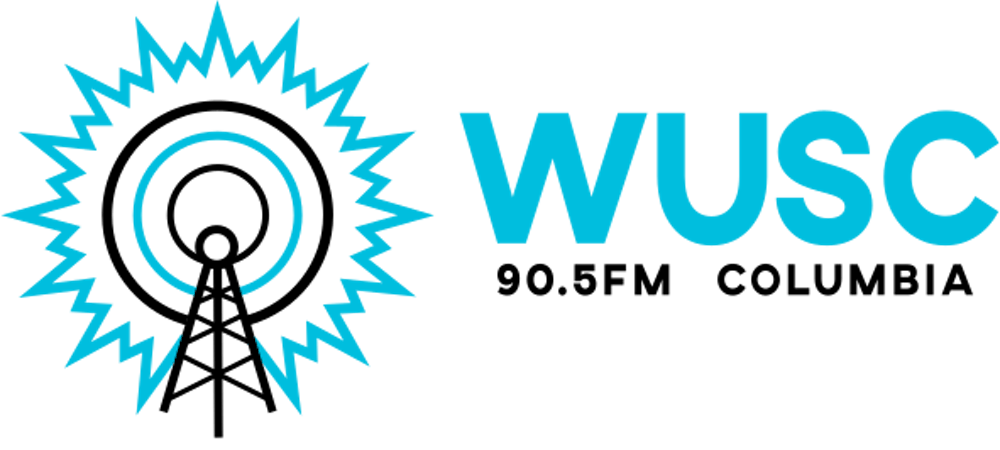Rock and Roll at Last - The Dawn Patrol
In the mid-60s, Top 40 was the dominant radio format. Top 40 started in 1952; Todd Storz had just purchased KOWH in Omaha, Nebraska. Todd and his father, Robert were the owners of the fledgling Storz Broadcasting Company. Todd and his local station manager were sitting in a local bar discussing how they wanted to program their discussion. When the bar closed and most of the customers were leaving, they noticed their waitress plunking her hard-earned tip money into the jukebox and playing the same songs that the customers had been playing all day long.
This led to the concept of a severely limited playlist. The music was the thing, and Top 40 covered many musical genres; Rock and Roll, Doo-Wop, Rockabilly, “Middle of the Road”, Country, Rhythm & Blues and Jazz, because it was based on record sales, mainly at the local level because Billboard wasn’t a major player in early Top 40 playlist decisions. These local decisions led to regional favorites that may not have fared well on Billboard, or in some cases never charted on Billboard while being #1 in local radio markets.
Radio programmers added “high energy” DJs and energetic production elements. One important production element was the Radio Jingle created back in the mid-20s; “Have You Tried Wheaties?” Two “jingle houses” prevailed; Pepper-Tanner and PAMS of Dallas, each with their distinctive sound. Top 40 swept the nation from coast to coast and reigned supreme until the mid-70s when AM radio began to lose ground to the much clearer, static-free FM band.
I was a child of the Top 40 radio format. In my hometown of Jacksonville, Florida I began listening to rock and roll at the tender age of ten. The big top 40 station then was WPDQ and it was joined by WAPE, a new 25,000-watt daytime station as I began my high school days. Very soon WAPE went full-time at 50,000 watts, the maximum allowed power for AM stations in those days. WPDQ at 5,000 watts could be heard from Savannah to Daytona Beach, WAPE, from the NC/VA state line to Cape Canaveral in the daylight hours. My teenage years were spent tuning back and forth between these two Top 40 powerhouses. WPDQ leaned more towards R&B and WAPE towards Rockabilly.
But WUSC was not a Top 40 station. It was programmed in the “Middle of the Road” format that consisted of standards from the Great American Songbook, lush instrumentals, and soft pop favorites. Deep down in my heart, I yearned to be a Top 40 jock, like those radio heroes that I listened to while lying on the grass in my backyard on my transistor radio. While it was true that WUSC like most college stations was a rich training ground for the commercial stations in the state, I wanted to work for a rocker. There were two in Columbia, WNOK at 1230 and WCOS at 1400. I had a plan.
WUSC’s broadcast day began at 4:30 in the afternoon about the time the last labs ended. A small group of DJs petitioned the station management to allow us to do a rock and roll show right at 4:30. We were turned down because they didn’t want to sound like any other station on the dial. We argued that we already sounded like the “Middle of The Road” stations in town. That argument failed too.
I was gazing at the two cubbyholes in the music library that were filled with “DJ Copies” of 45 RPM rock and roll songs that were sent to the station by the record companies in the hope that we would play them when it hit me! We could schedule the rock and roll shows at a time apart from the rest of the WUSC broadcast day! Management reluctantly agreed and “The Dawn Patrol” was born.
Another DJ and I split the days between Monday and Saturday from 6 AM to 8 AM. For the first time in its 18 years on the air, WUSC was rockin’ in the mornings of the 1965 Spring Semester. I was in heaven! This is how I remember it, but in a recent SLOBcast, a podcast jointly produced by the SC Broadcasters Association and the SLOBS (Slightly Legendary Old Broadcasters) a group of mainly retired broadcasters that meet monthly for breakfast in Columbia, Rick Amme tells of a pre-recorded rock show that he and Steve Green used to do the year before I came to Carolina.
Later, I discovered that rock and roll came to WUSC about the same time that it came to the Armed Forces Radio Network thanks to a fellow named Adrian Joseph Cronauer as depicted in the 1987 film Good Morning, Vietnam starring Robin Williams. I stipulate now that we were nowhere as cool as Adrian or Robin, but we were rocking, and that was good enough for us. Now we could record air checks that had us playing The Platters, The Tokens, and Dion, instead of Bing Crosby, Mantovani, Broadway, and Jackie Gleason! Yes, the round one was indeed a pretty good orchestra leader.
And that led to a confusing time when I was on the air on two stations, WUSC and WCOS!
___________________
Photo Credits:
Todd Storz - Library of Congress Blogs
Adrian Joseph Cronauer - American Forces Network Legacy

I was born in a great Radio Town; Jacksonville Florida. So it was only natural that I joined WUSC (AM at the time) in my first semester 1963. I went on to a career in commercial radio and television in Columbia, WCOS AM & FM, WIS-TV, WIS Radio, SCETV and PBS. I'm retired now, giving back since 2010 to the station that started my career, WUSC-FM. If you did the math you will know that I celebrated the 60th anniversary of my first radio show ever in November 2023.

